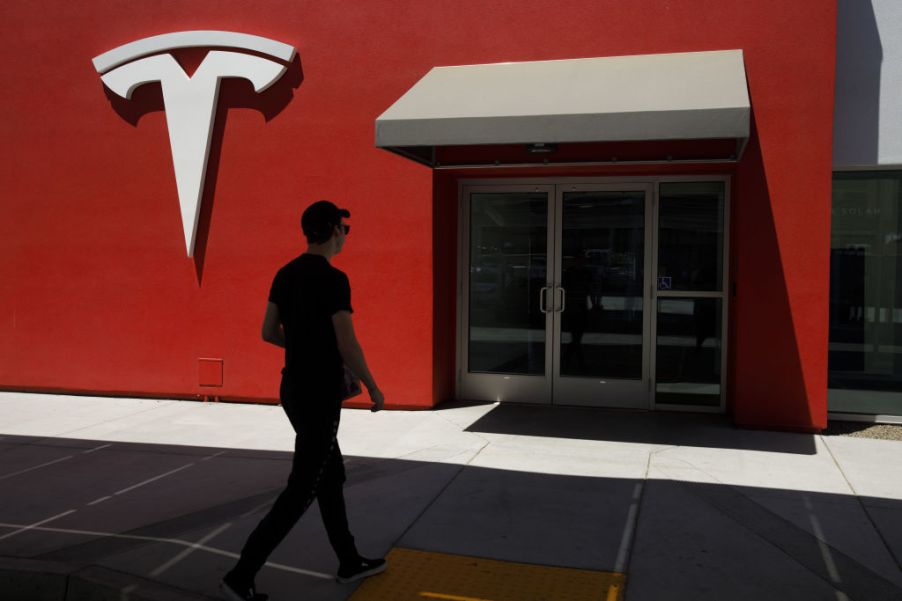
4 Biggest Problems Tesla Still Has to Solve
In the last year alone, Tesla has faced some severe problems. Tesla has consistently failed to meet its predicted production and sales goals. The company continues to make questionable predictions of its own production and performance: It lowered prices and then raised them again for vehicles that have not even begun production yet. Not to mention, Tesla is under investigation for fraud after Elon Musk already settled out of a separate fraud case.
Even so, Tesla remains the biggest name in electric cars and luxury electric vehicles — and it has every intention of retaining the top spot. So what are the biggest problems that Tesla has yet to solve? There are myriad issues hanging in the balance for Tesla and it is starting to feel the pressure to solve them.
Tesla has a problem producing cars
The one thing Tesla has been consistent in is making production plans that it does not live up to. We all heard about the makeshift tent where Model 3s were assembled to meet Tesla’s lofty 3,000-per-week production goal for its only mainstream car model.
The worrying logistical decisions don’t stop there. Tesla has since announced the unveiling date of its upcoming Model Y SUVs but has yet to decide on a plant location where these models will be produced.
According to Business Insider, Tesla didn’t even contact two of its vendors about assisting in Model Y production until after the unveiling announcement. This leads to a suspicion that Tesla, once again, is making promises without the necessary logistics to back those promises.
Tesla struggles to manage a budget
Tesla is deeply in debt, with more than a $1.2 billion debt due in 2019 alone, and no clear plans to reduce that debt. Instead, it is both cutting the budget in critical ways and making further plans for dramatic expansion into China.
CNN Business reports that despite Musk’s denials that the company is in financial trouble, Tesla is cutting corners across the board. Employees have been asked to work remotely and limit travel. Sales personnel have been denied personal bonuses and commissions for any vehicles that don’t deliver within the quarter.
Hourly employees at the Gigafactory in Sparks, Nevada were asked to walk off the floor mid-shift and take unplanned leave. Most alarmingly, Tesla is reducing its use of small parts in vehicle production; small, “insignificant” parts like rivets and fasteners.
Tesla needs to maintain its market share
In addition to its current money problems, Tesla also has a great deal of competition to look forward to: both from itself and other rising brands in electric vehicles.
In the luxury market, both Porsche and Mercedes are coming out with their own fully electric models for affluent eco-drivers. In the mainstream vehicle market, where Tesla hopes to gain dominance with the Model 3, Volkswagen is producing highly competitive models starting at $27,000.
On top of this, Tesla is already facing a drop in Model 3 sales, and the promised release of the Model Y is predicted to cut deeply into demand for the Model 3s.
Tesla has to navigate the legal landscape
Lastly, Tesla faces increasing legal trouble with the word “fraud” lurking around every corner. Not only has Musk himself been forced to settle with the U.S. Securities and Exchange Commission (SEC) over the privatization fraud scandal, but Tesla is still seeing a steady flow of SEC whistleblower tips.
In addition, TheStreet.com reports that the Department of Justice is also investigating Tesla over 2018 fraudulent claims of Model 3 production. Seeming to confirm — or at least corroborate — these worries is the fact that Tesla’s on-staff lawyer was recently replaced by Dane Butswinkas. He is known for his experience in handling fraud claims in cases that go to trial.


